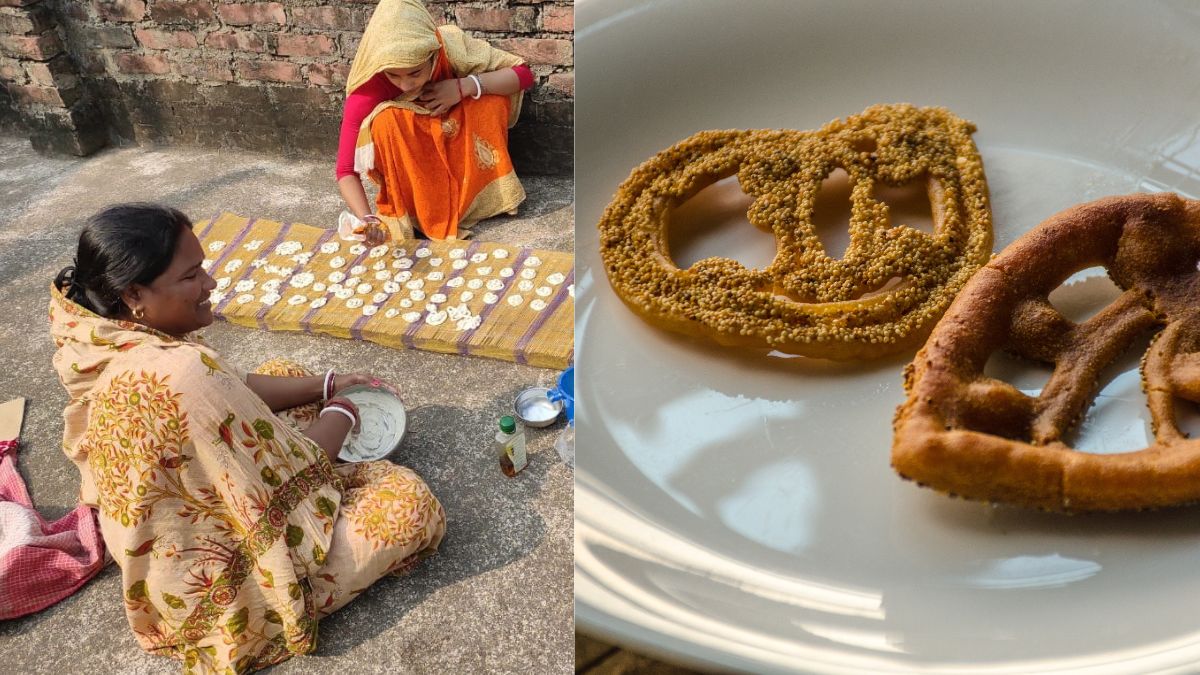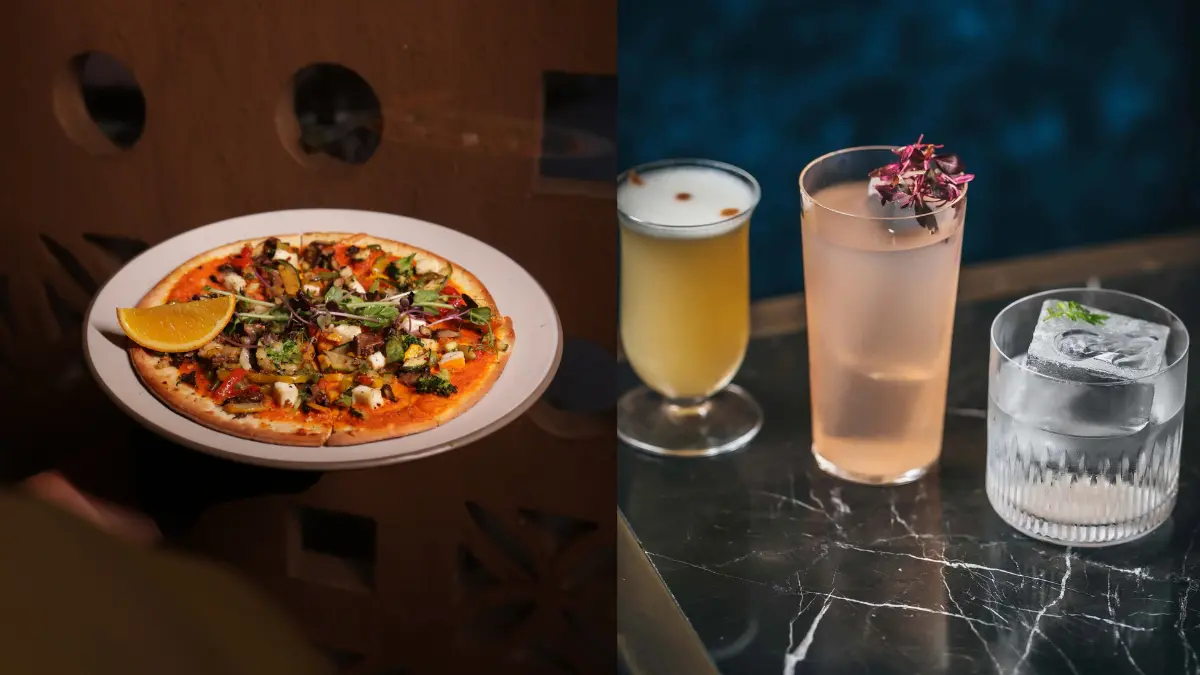Culinary arts have long been recognised as a form of creative expression. Edible art snacks represent a delightful fusion of culinary craftsmanship and creative expression. One example of this edible art is Gohona Bori, an outstanding food art from West Bengal’s Purbo Medinipur. Its beautiful shape with designer embellishments distinguishes the snack.
What Is Gohona Bori?
View this post on Instagram
In Bengal’s long culinary history, Gohona Bori was a prestige symbol. In Purba Midnapur district, the bride’s parents used to gift her “Gohona-Bori” to carry to her new house after marriage. It was also a regular snacking experience for the kids. Gohona Bori is still considered a delicacy.
The women in the home take bowls of lentil and spice batter outside to the terrace, where they place little globules of batter to dry in the sun on clean muslin cloths. Bori-making is mainly a winter hobby since the optimum drying of these is achieved by gentle but warm sunlight. These crispy nuggets are still a staple of a Bengali dish, even though the intricate heritage is vanishing, particularly in urban Bengal. But the gohona bori, also known as naksha bori, is more than just the crispy part of a curry.
These artistic renditions of the common bori are made mostly in the Purba Medinipur (East Midnapore) region, specifically in Tamluk, Mahishadal, Sutahata, and Panskura. They are piped out to resemble decorations. In addition to paisley and flower themes, there are designs for necklaces, tiaras, and earrings.
Although boris can be made using a variety of lentils, such as masoor and matar dal, as well as vegetables, such as radish, bottle gourd, ash gourd, and cauliflower, they are typically prepared with a batter consisting of urad dal, and spices. The batter is then piped onto a plate of posto, or poppy seeds, and dried in the winter sun for gohona boris.
Also Read: Jagat Seth Museum Is An Iconic Place In West Bengal; Its Owner Lent Money To British & Mughals
Flipping Through History
View this post on Instagram
Although no one knows for certain when and how the simple ‘bori’ became designed, but it is undeniable that because it resembled an elaborately crafted jewellery. A long-standing speciality from the West Bengal region of Midnapur, it has a lengthy history. These incredibly ornamental culinary products also set tremendous stores for Nobel laureate poet Rabindranath Tagore and other artists like Abanindranath Tagore and Nandalal Bose.
The Tagore family is typically credited with bringing the gohono bori to a broader level of appreciation. In 1930, Rabindranath Tagore received a gohona boris from her mother Hiranmayi Devi and grandmother Sharat Kumari Devi. Seba Maity was a student at Shantiniketan and a native of Mahishadal in Medinipur. Attracted by the artwork, Tagore asked Kala Bhavan, the fine arts department at Visva Bharati, for permission to retain pictures of the condiment. Additionally, Abanindranath, his nephew, added animal themes to the naksha bori designs, such as fish, butterflies, elephants, and deer.
The tradition of it all might be disappearing from the urban spaces in the city, but many online stores still make sure that the art is around. As a cultural phenomenon, these snacks still play a role in celebrations and festivities, adding a touch of visual splendour to joyous occasions.
Cover image credits: Wikimedia Commons
First Published: December 06, 2023 9:02 PM




